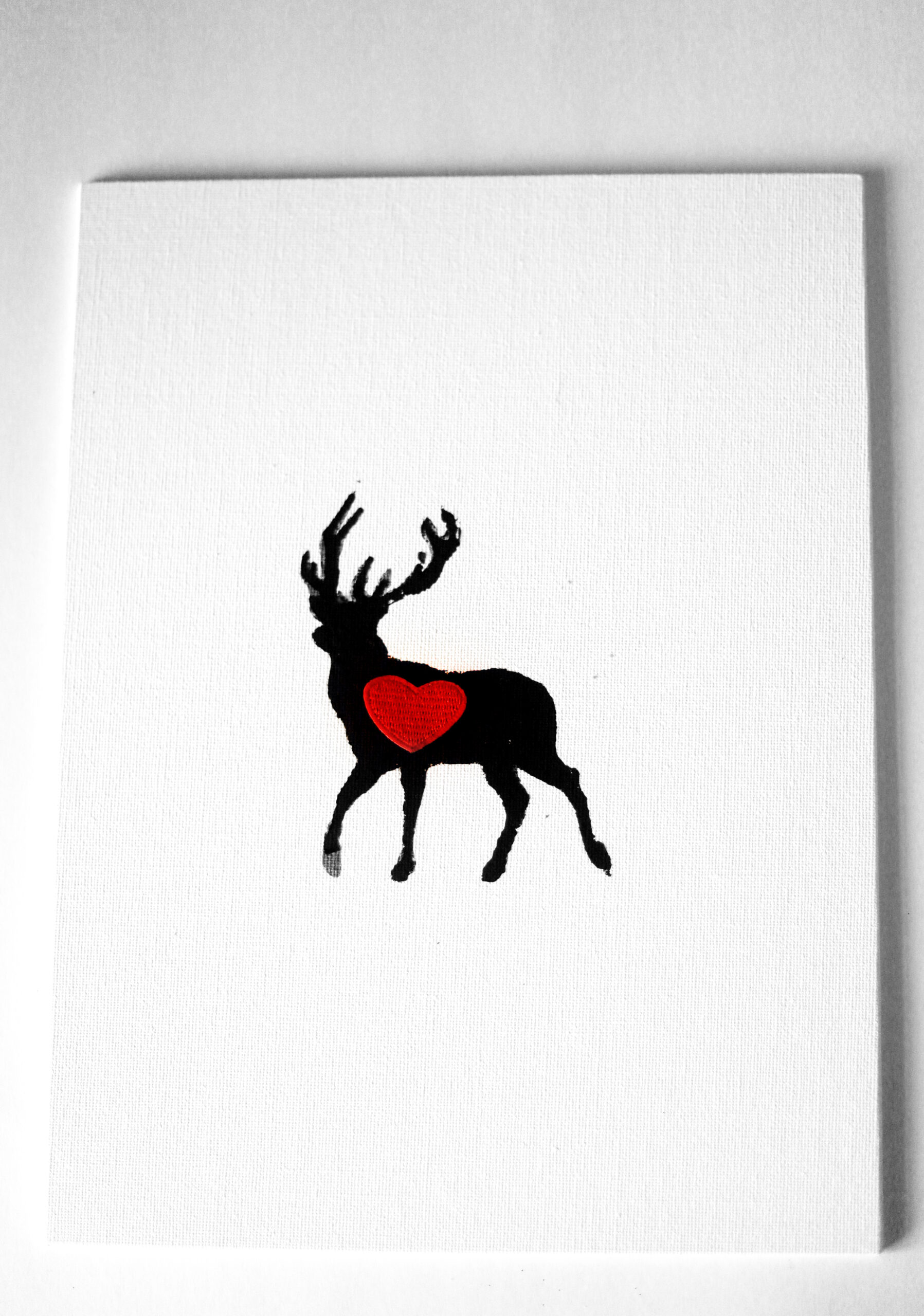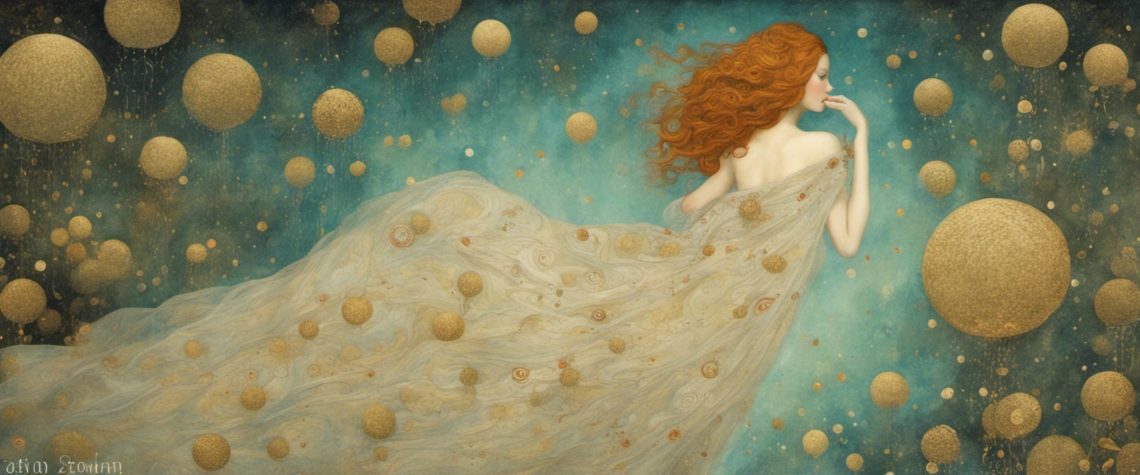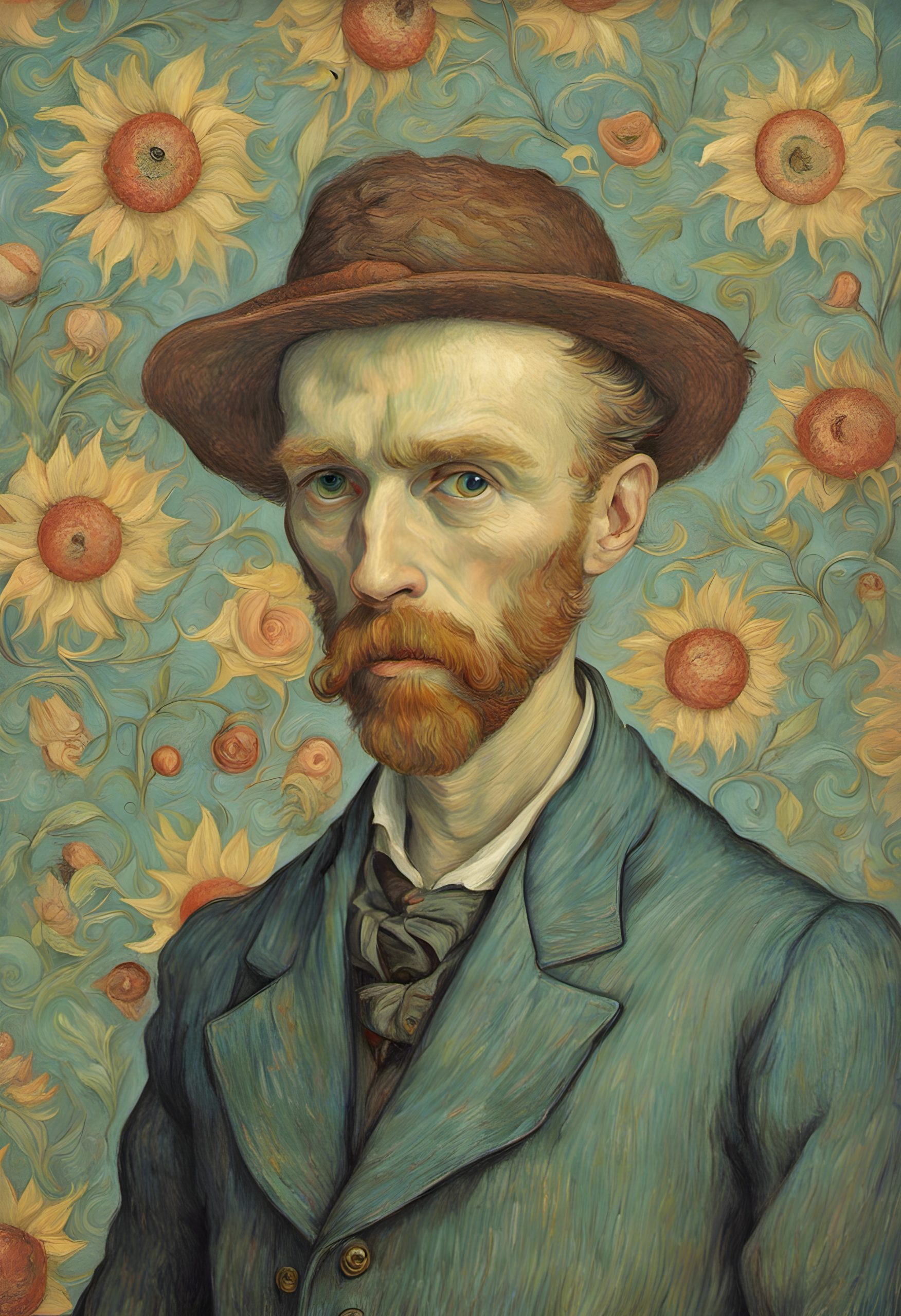Bansky is like the Batman of the art world. Stealing away into the night to leave his mark on cities around the globe, this mysterious artist’s graffiti has become symbolic of a generation.
Learn all about him in this Bansky art history lesson for kids!
Who is Bansky?
Actually, no one knows.
Despite his influence on the art world, Banksy remains shrouded in mystery.
Operating in the nebulous space between vandalism, activism, and high art, Banksy has captured the imagination of audiences worldwide with his thought-provoking stenciled works that challenge societal norms, critique authority, and provoke dialogue.
Born in the late 1970s, Banksy emerged from the underground graffiti scene of Bristol, England, during the late 1990s.
His early works primarily consisted of freehand graffiti, but he soon transitioned to stenciling, a technique that would become his trademark. This shift allowed him to produce intricate designs quickly and stealthily, perfect for the clandestine nature of street art.
One of Banksy’s defining characteristics is his anonymity. Unlike many artists who crave recognition and fame, Banksy operates in the shadows, allowing his art to speak for itself. This anonymity not only protects him from legal repercussions but also adds an aura of mystique to his work, inviting speculation and curiosity about his true identity.
Over the years, numerous theories have emerged regarding Banksy’s identity, ranging from renowned artists to anonymous activists, but none have been confirmed.
Central to Banksy’s work is his biting social commentary. Through his art, he tackles a wide range of issues, including politics, capitalism, consumerism, war, and the environment.
His pieces often feature juxtapositions of familiar imagery with unexpected elements, creating a sense of irony and prompting viewers to reevaluate their perceptions of the world around them.
One of Banksy’s most iconic works is “Girl with a Balloon,” a simple yet powerful image of a young girl reaching for a heart-shaped balloon. Originally painted on a wall in East London, the image has since been reproduced in various forms and has become synonymous with Banksy’s oeuvre.
Its message of innocence and hope, juxtaposed with the ephemeral nature of the balloon, resonates deeply with audiences and has made it one of the most recognizable images in contemporary art.
In addition to his street art, Banksy has also ventured into other mediums, including sculpture, installation, and film. His documentary “Exit Through the Gift Shop” offers a rare glimpse into the world of street art, blending satire with genuine insight into the motivations and methods of artists like Banksy.
Despite his widespread acclaim, Banksy’s work has not been without controversy. Critics have accused him of glorifying vandalism and promoting a reckless disregard for public and private property. Others have questioned the sincerity of his activism, suggesting that his anonymity allows him to profit from the very system he claims to critique.
However, for many, Banksy remains a visionary artist whose work challenges the status quo and inspires meaningful dialogue. His ability to transform ordinary spaces into sites of reflection and resistance has earned him a dedicated following around the world.
Whether painting on the walls of city streets or exhibiting in prestigious galleries, Banksy continues to defy expectations and provoke thought. And yet, the enigma persists, as elusive and enigmatic as ever, ensuring that Banksy’s legacy will endure for generations to come.
Suggested Reading
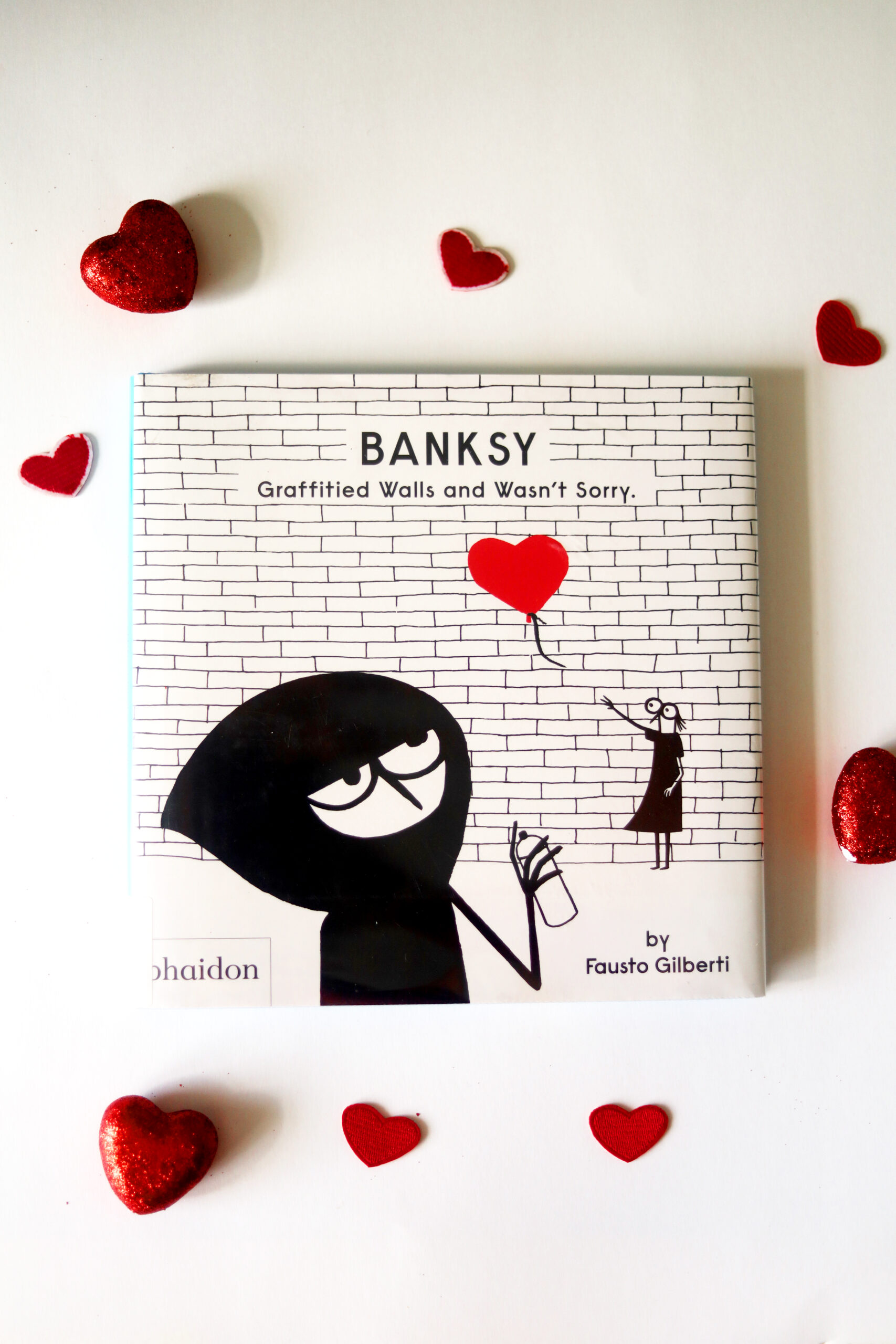
I complimented my Bansky lesson with Fausto Gilberti’s Bansky Graffitied Walls & Wasn’t Sorry.
(I love Fausto Gilberti’s art books for kids. I used this series for my lesson on Jackson Pollock and Yayoi Kusama as well).
It’s straightforward and fun. The illustrations are clean and stylized, which I really like.
Key Terms & Definitions
Anonymity: The condition of being anonymous, or unknown. In the context of art, anonymity refers to the state of an artist’s identity being concealed or undisclosed.
Contemporary Art: Art produced at the present period in time, characterized by a diverse range of styles, techniques, and subject matter that often reflects current societal, cultural, and political contexts.
Critics: Individuals who evaluate and analyze works of art, offering opinions, interpretations, and assessments based on their expertise and knowledge of art history, theory, and aesthetics.
Freehand: A technique of drawing or painting without the aid of mechanical devices or stencils, relying solely on the artist’s hand-eye coordination and skill to create images.
Graffiti: Writing or drawings scribbled, scratched, or sprayed illicitly on a wall or other surface in a public space. Graffiti can range from simple tags to elaborate murals and is often associated with urban environments and street culture.
Oeuvre: The complete body of work produced by an artist throughout their career. It encompasses all of an artist’s creations, including paintings, sculptures, drawings, and other artistic endeavors.
Street Art: Visual art created in public spaces, often illicitly, such as on streets, walls, and buildings. Street art can encompass a variety of mediums and styles, including graffiti, stenciling, wheatpasting, and murals, and is often used as a means of self-expression, activism, or social commentary.
Banksy Art Project for Kids
So, this project is super fun small scale on canvas or whatever surface you want. However, if you have a wall you can do this one on a large scale, it would be a SUPER FUN large-scale project for a permanent art display.
In our case, we just did small-scale canvases.
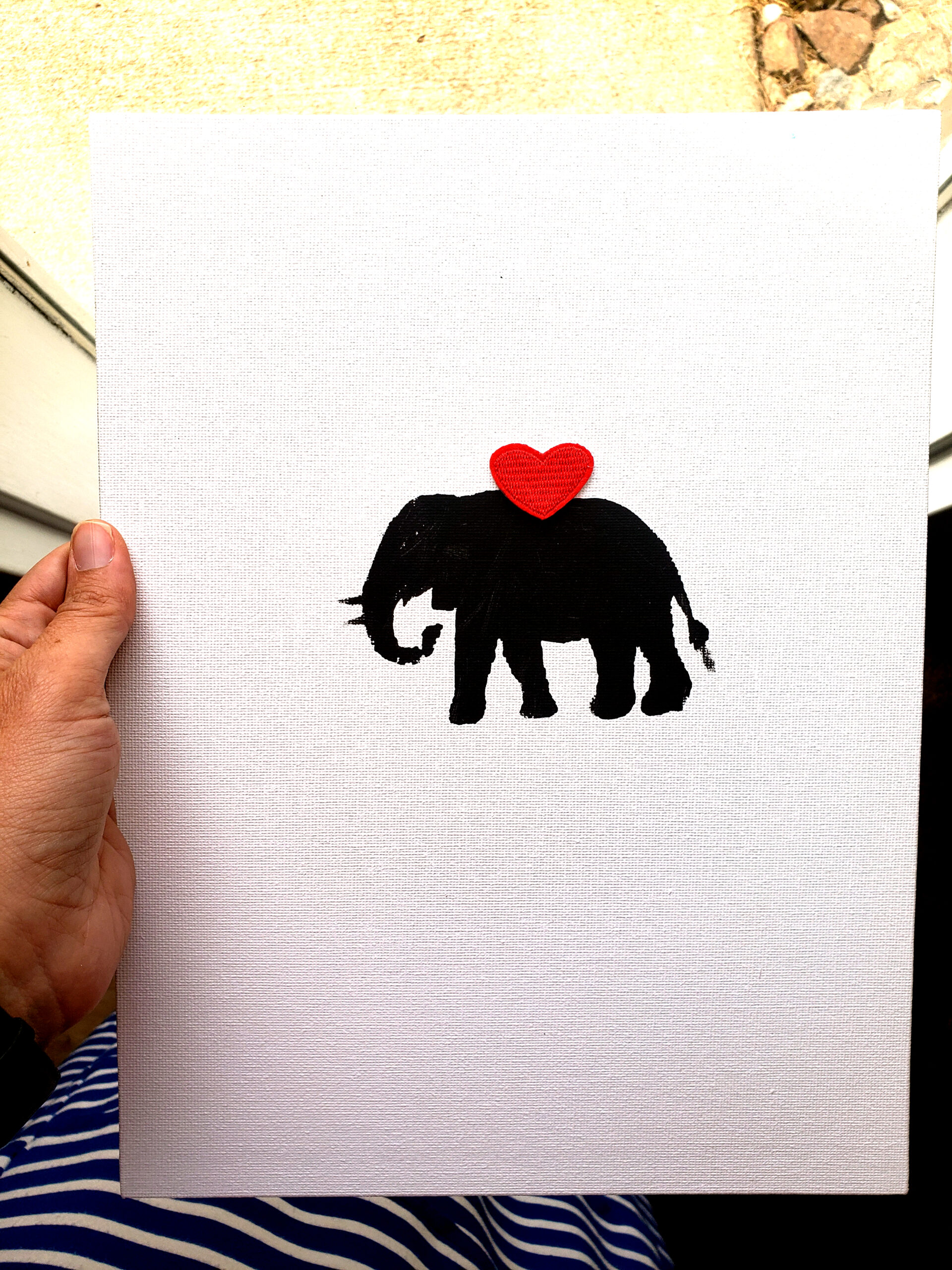
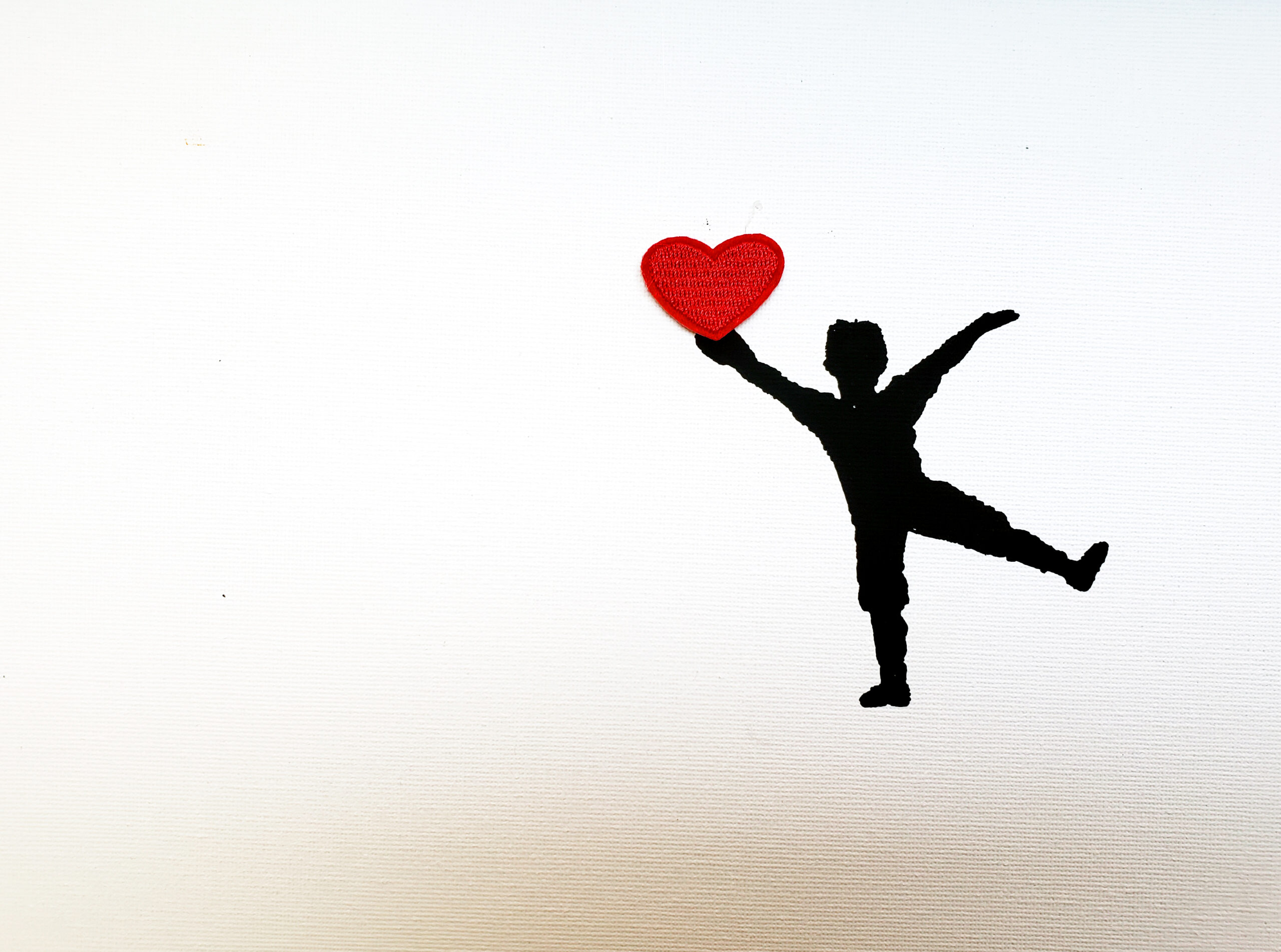
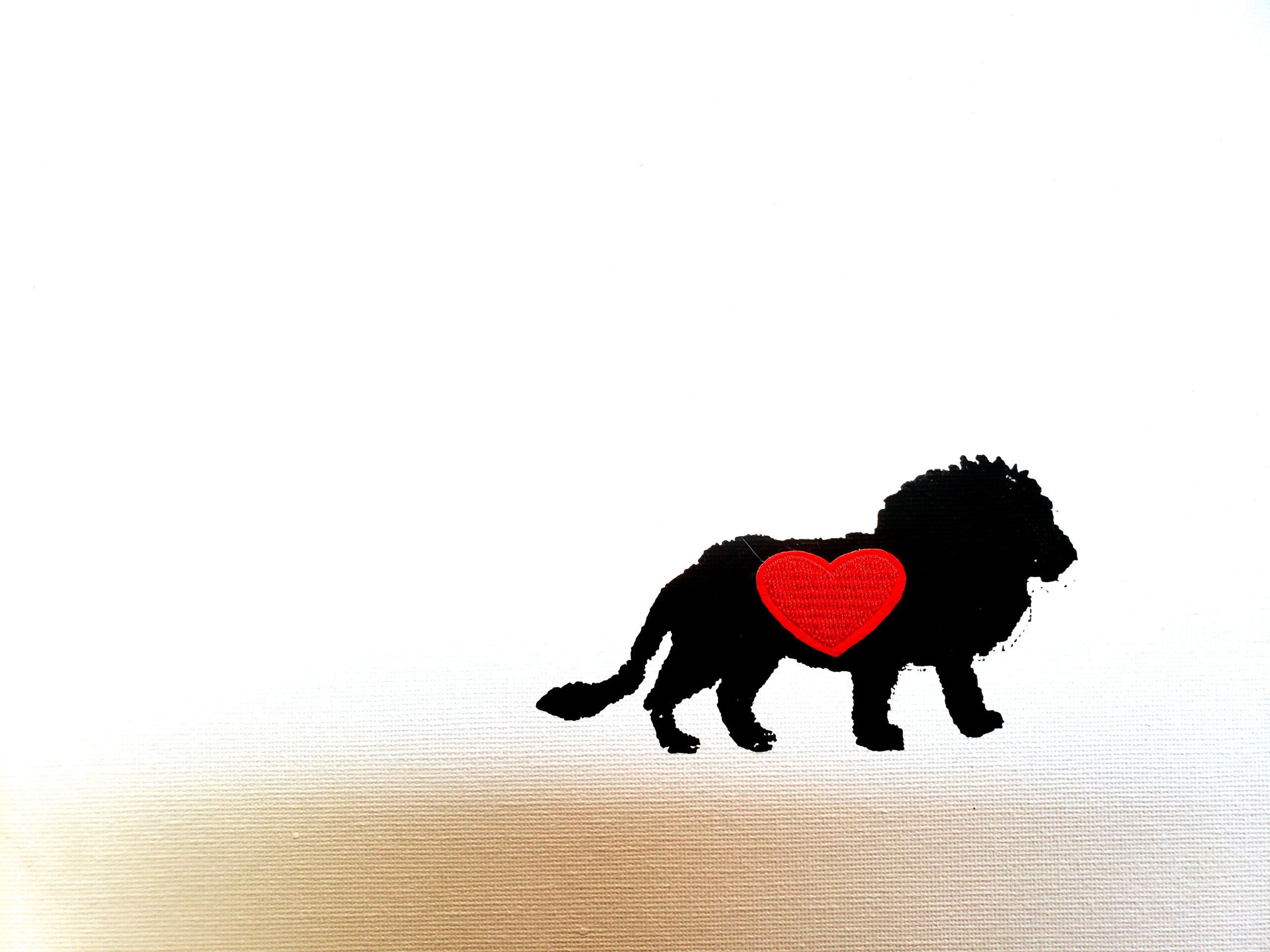
Materials
*small canvases or art paper
*stencils
*paint (acrylic for younger kids, spray paint for teens)
*red heart stickers
Step 1
Offer the kids an array of stencils. Encourage them to choose one or more that they feel draw to and tape it to the canvas (or whatever surface you’re using).
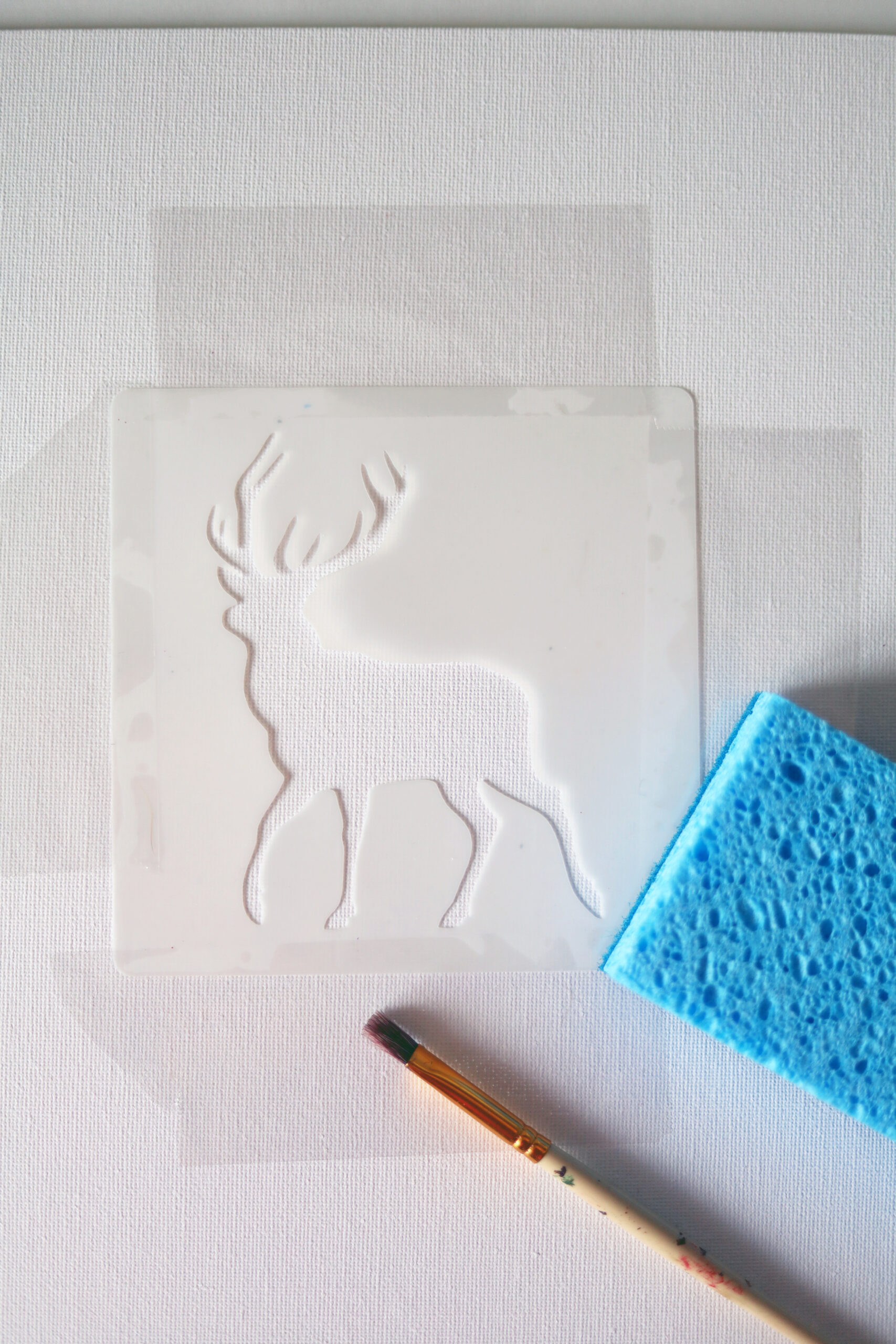
Step 2
Using either a sponge, paintbrush or (for older kids) spray paint, fill in the stencils.
If using a brush, encourage the children to paint in a dabbing motion instead of a stroking motion. This will make the stencil appear less “blurry” and cleaner.
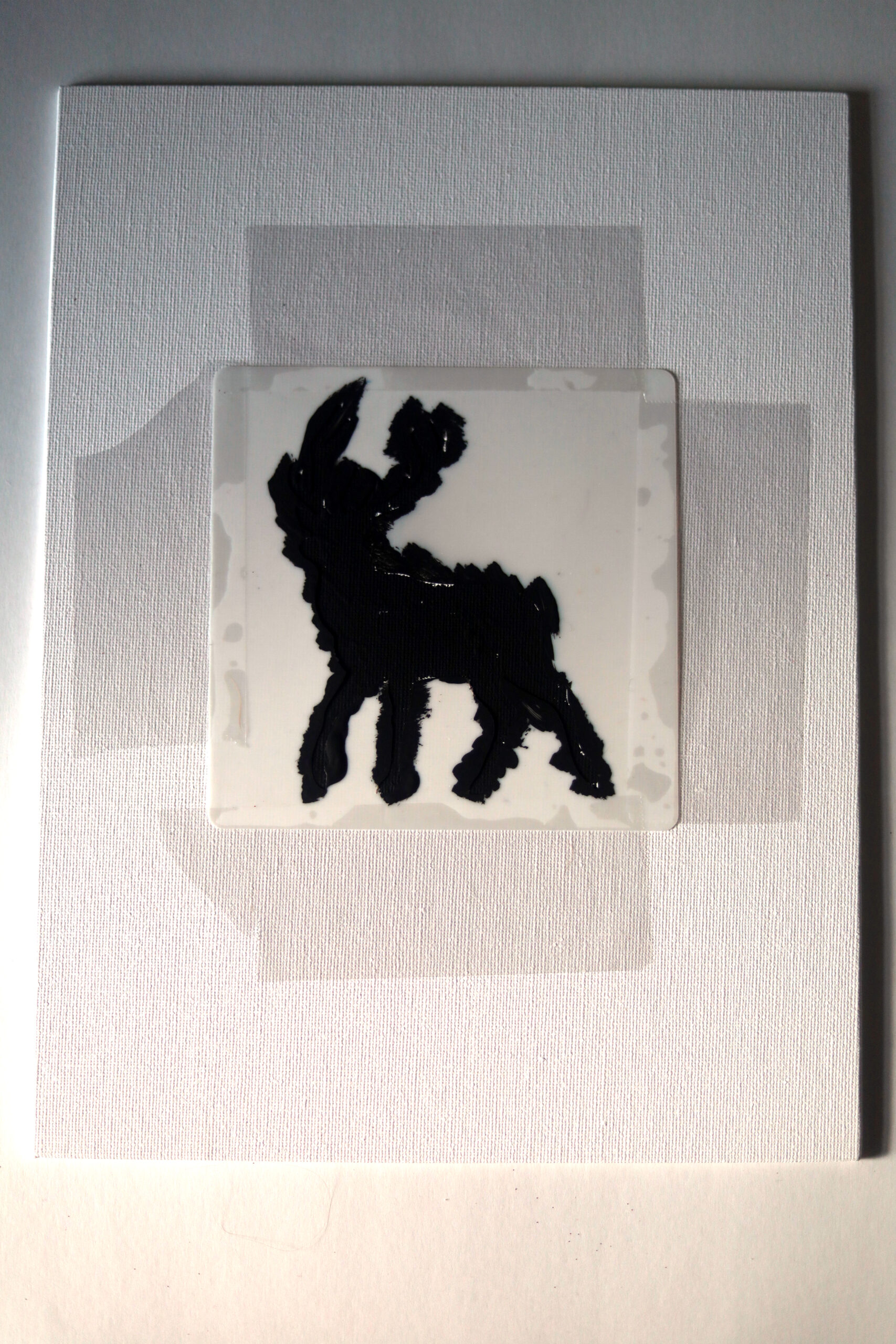
Step 3
Remove the stencil. Don’t worry if it isn’t perfect. Flaws in the outline make it seem authentic and interesting.
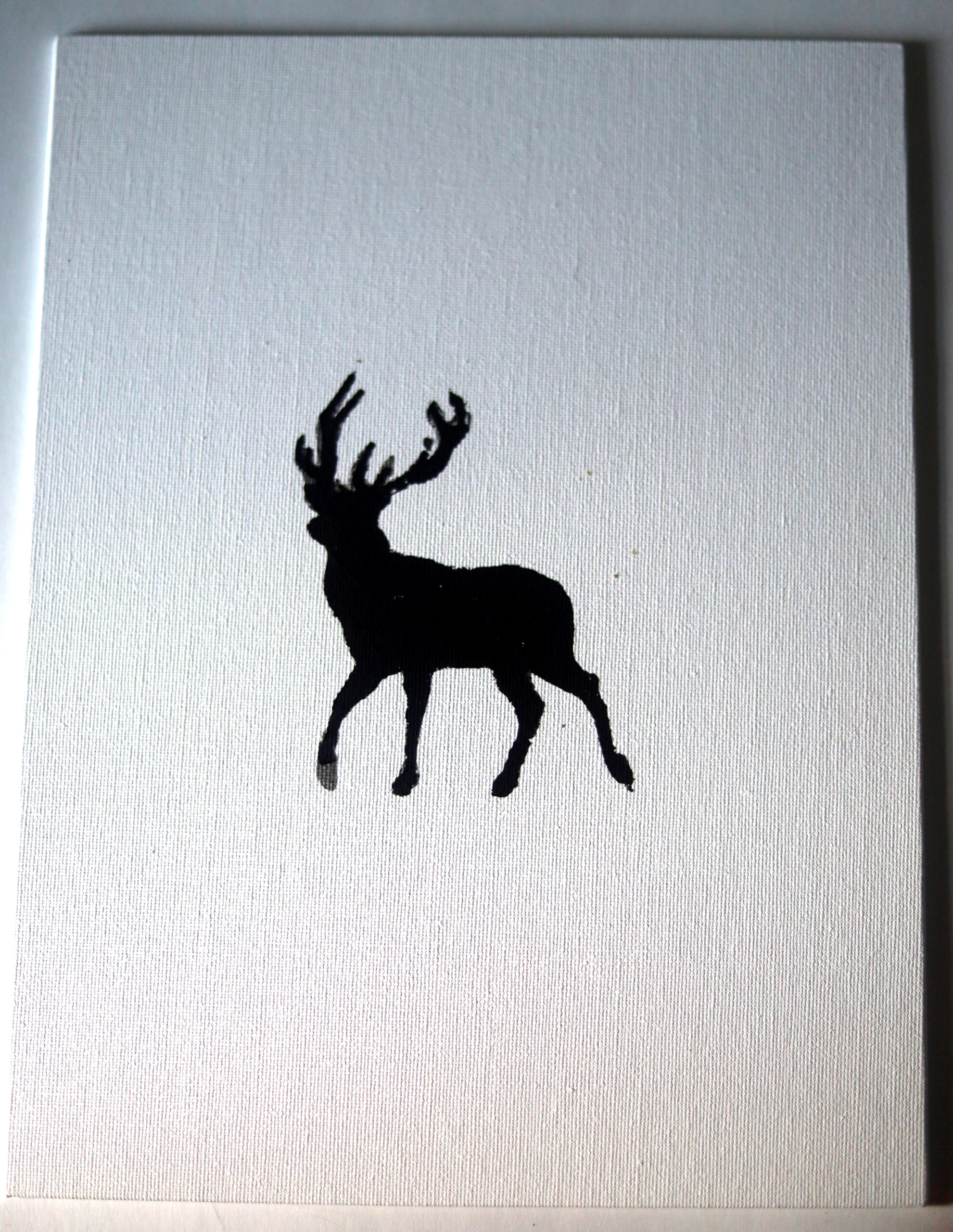
Step 4
This is my favorite part! Encourage the kids to think about where they want the heart sticker to go. All my students really surprised me with their creative and thoughtful placement!
